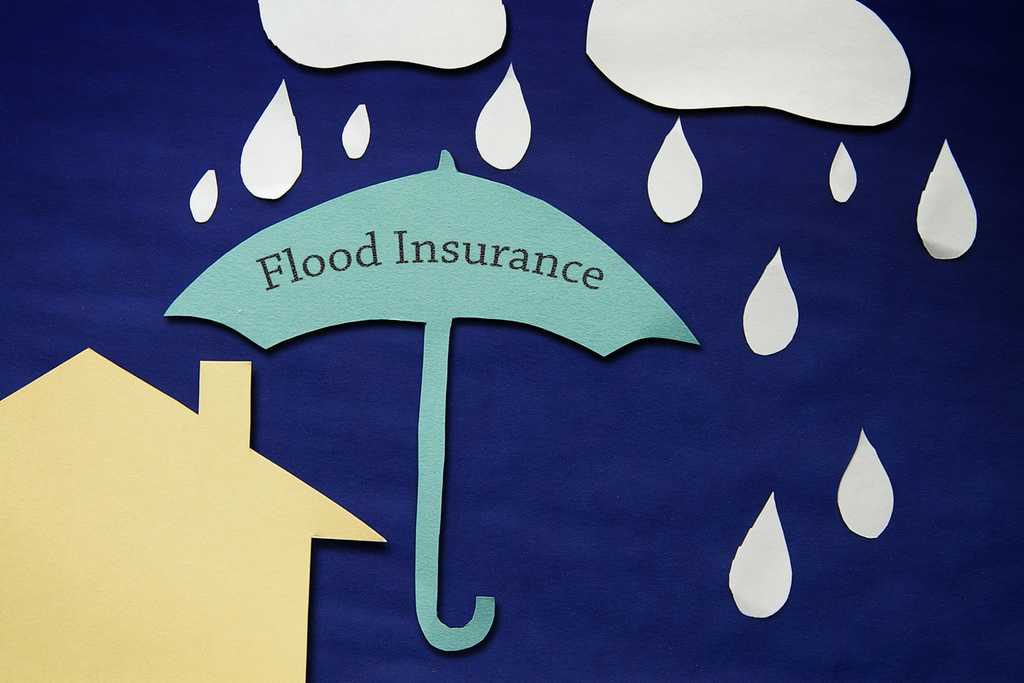With natural disasters on the rise, more homes are finding themselves squarely in danger when flooding occurs. Basic homeowners insurance does not cover damage related to floods. Instead, homeowners need a separate flood insurance policy that covers losses caused by floods. When your home is in a high-risk area, an elevation certificate provides identifying information that determines the level of flood risk.
What is an elevation certificate for flood insurance?
An elevation certificate for flood insurance is used by FEMA and the National Flood Insurance Program (NFIP) to determine proper insurance rates for a home. This certificate is also commonly referred to as a flood certificate.
The NFIP uses flood map information to mandate flood management regulations within the community to reduce potential losses from flooding. These regulations influence building codes and flood insurance rates in designated flood zones.
One of these mandates is for the community to obtain the elevation of the lowest floor of all new and substantially improved buildings. The lowest point of entry of a home should be above the "base flood elevation" to minimize the potential for floodwaters to enter a home. For homes with a basement, the basement is often considered the lowest elevation that needs to be recorded. This information is recorded on your home's flood elevation certificate.
When a home is in a designated flood zone, lenders may require flood insurance as a condition of the loan. Getting an elevation certificate does not eliminate the need for flood insurance. This requirement protects the homeowner and the lender in case of damage due to flooding.
How to get an elevation certificate
There are multiple ways to get an elevation certificate for your home. The easiest is to request it from the person or company that you are buying the home from. When buying from an existing homeowner, request that they provide it before your loan closes. However, not all homeowners have an elevation certificate.
For people buying a new home from a builder, they may have been required to get an elevation certificate before they could build the homes. Ask the builder for the elevation certificate for your home before completing your purchase.
If you were unable to get the elevation certificate for your home from the seller, there are other ways that you can receive this document.
Communities that participate in the NFIP have a floodplain manager that maintains copies of all elevation certificates within their area. Contact your local city or county office to see if one has been filed for your home.
Some city and county offices have digitized their files and you can search for your home's elevation certificate from their websites. If your certificate is found online, you can usually download it for free or for a small fee.
When all of these options have failed, you can hire a professional land surveyor to evaluate your property and prepare an elevation certificate for you. The average cost for an elevation certificate is $600, but they can range from $169 to $2,000 or more, depending on where you live and the details of your home.
How long does it take to get a flood elevation certificate?
How long it takes to receive your flood elevation certificate depends on who you're receiving it from. If you're able to get it from the seller of the home, they should be able to provide it the same day if they are organized and have it available. When contacting your local flood manager at the city or county level, it may take a few days for them to research and locate the document.
If you need to hire a surveyor to create a new flood elevation certificate for your home, the average turnaround time is about five business days. This includes the time to visit your property to take their measurements, then to create the document. Some surveyors are in high demand and may not be able to visit your property right away, so plan ahead and give yourself extra time.
How is an elevation certificate done?
The process to create an elevation certificate is fairly simple and the surveyor may not have to set foot inside your home. They begin by locating your home on the Flood Insurance Rate Map for your community. These maps indicate the base flood elevations and flood zones near your home. This helps the surveyor to determine the flood elevation for your house.
Your surveyor will then visit your home to conduct their readings. They'll either use GPS or run levels from a known location to establish a temporary benchmark for your property. A detailed analysis of your home is done next to determine the elevations of each floor, including the basement and any other attached structures. The surveyor will also identify the highest and lowest natural elevations of the ground that surrounds your home. They'll take pictures of your home to document their findings and the current condition of your home and the surrounding areas.
The surveyor will compile all of the data that they've collected on your home, attached structures, and ground and use that to create the elevation certificate.
How high is base flood elevation?
The base flood elevation (BFE) is the level upon which waters are expected to rise in a 100-year flood. FEMA calculates that there is a 1% chance that floodwaters will reach that high. This height varies by region and is determined by the local geography, water sources, and historical events
Even if only your home is not completely submerged, floodwaters can cause major damage to your home. FEMA estimates that just one inch of floodwater can cause up to $25,000 in damage to a home.
What are the zones on a flood map?
The NFIP flood maps are broken down into zones that indicate the type of risk to homes in that area. These zones are:
- Zone A. A high-risk flood zone area that has a 1% chance of flooding each year (100-year flood). Zone A does not typically have detailed analyses, so there are usually no depths or base flood elevations in this zone. However, it is considered a special flood hazard area (SFHA) that must regulate under the requirements of the NFIP.
- Zone B. Area of moderate flood hazard at the 500-year flood level. These areas generally have local, shallow flooding problems. This zone is also used to indicate areas protected by levees and base floodplains that pose only a minor hazard. Zone B is usually shown on older flood maps.
- Zone C. An area of minimal flooding hazards that is above the 500-year flood level. These areas may have localized ponding and drainage problems that could lead to floodwater damage. Zone C is usually shown on older flood maps.
- Zone V. A special flood hazard area that is subject to coastal high hazard flooding.
- Zone X. In newer flood maps, Zone B and Zone C are shown as Zone X. Zone B is the shaded area, while Zone C is unshaded.
How high above base elevation should my home be?
Local building codes determine how high your home should be above base flood elevation. Each city, county, and state has its own rules. For homes that are near large bodies of water, like a lake or the ocean, it is often required that homes be higher to account for waves that exceed the floodwater levels. The repeated action of the waves can cause water to seep into homes and cause damage, even if the crest of the flood never reaches your lowest point of entry.
The bottom line
If your home is in a designated flood zone, it is a good idea to have flood insurance. It will protect both you and your lender against damage from flooding. To assess your home's risk, an elevation certificate is required to determine the lowest entry point for water into the property. This document helps insurance companies determine the potential for damage in various flood scenarios. You may be able to get this document from whoever you bought the home from or your local city hall. If not, hiring a professional land surveyor to analyze your home and complete this form is a wise choice.

